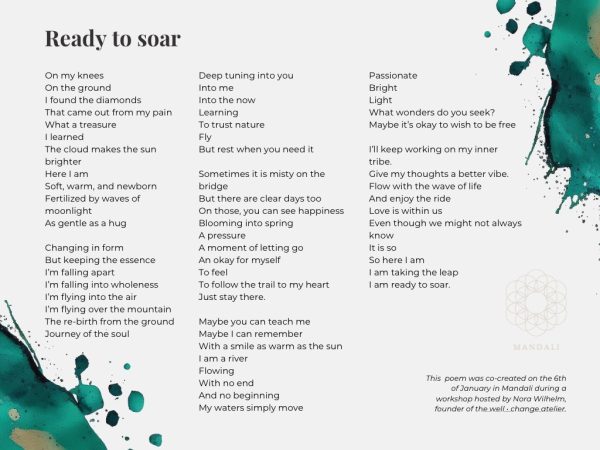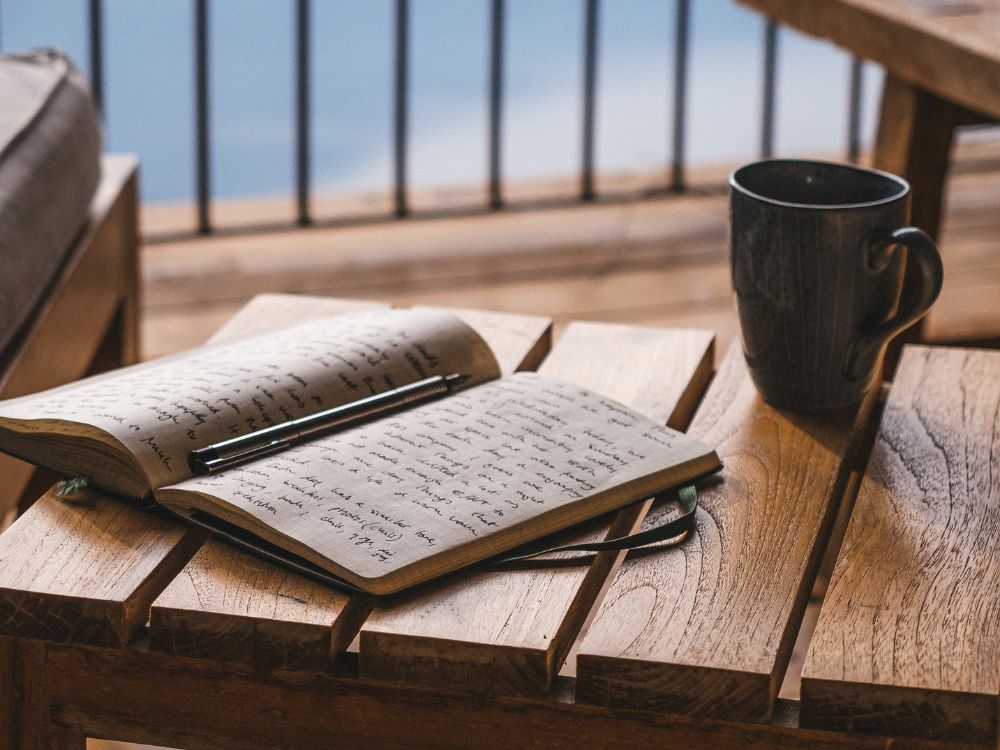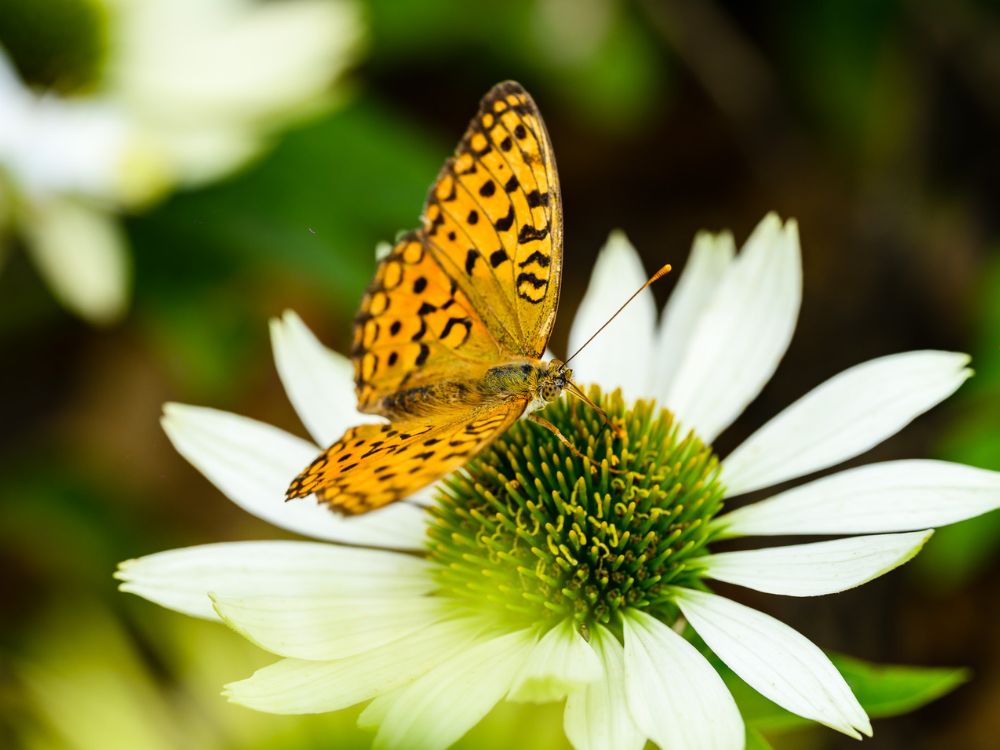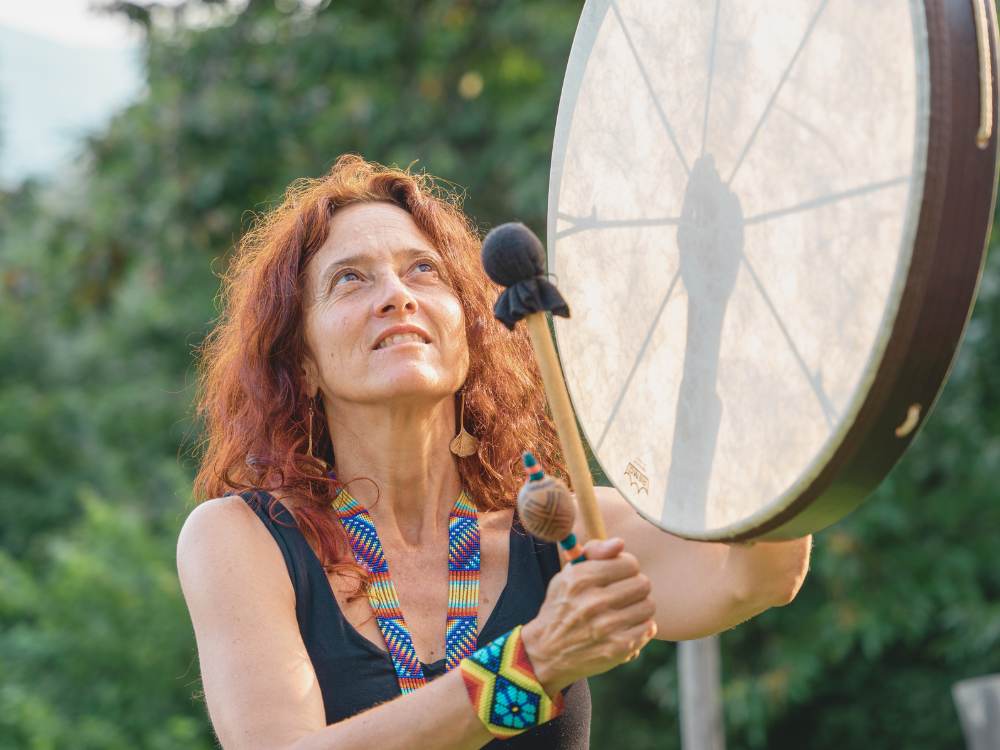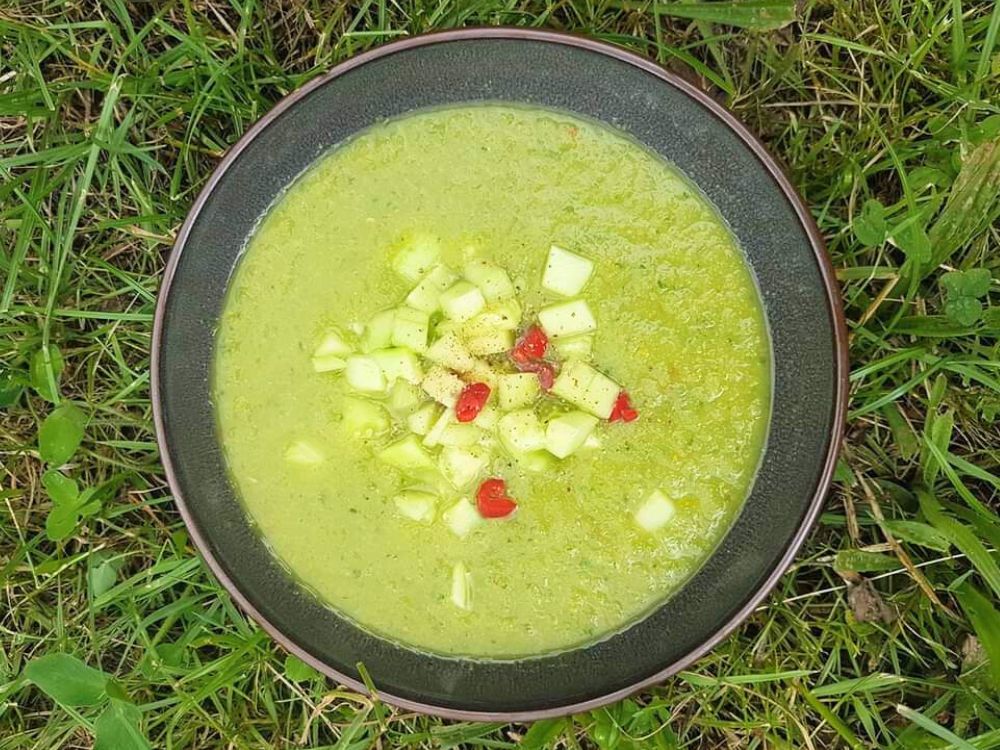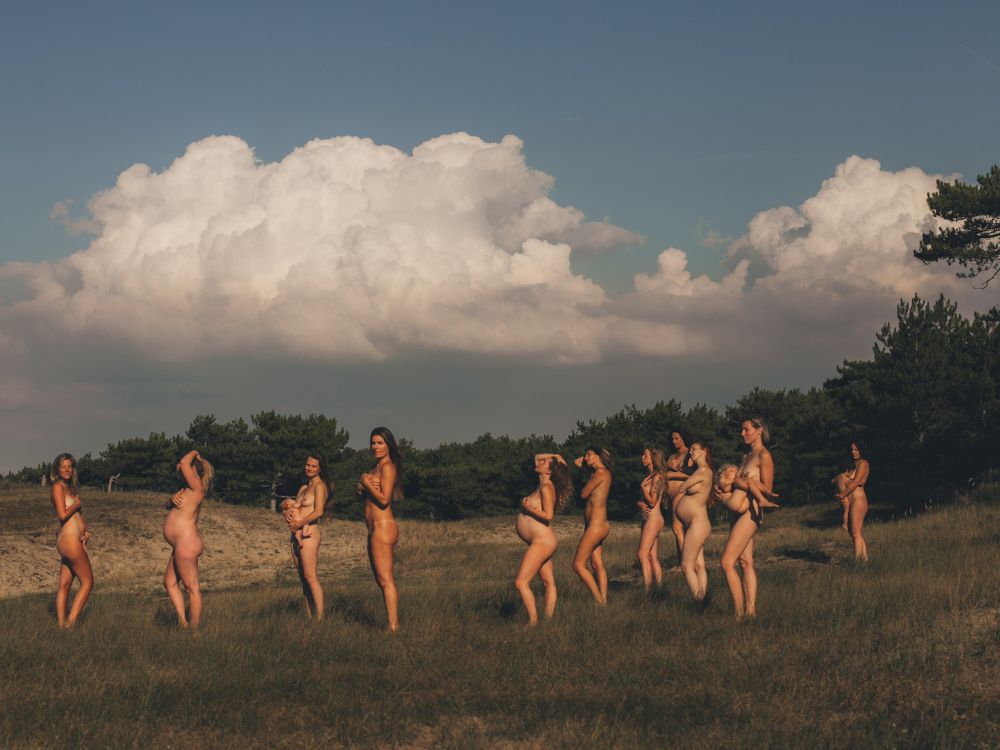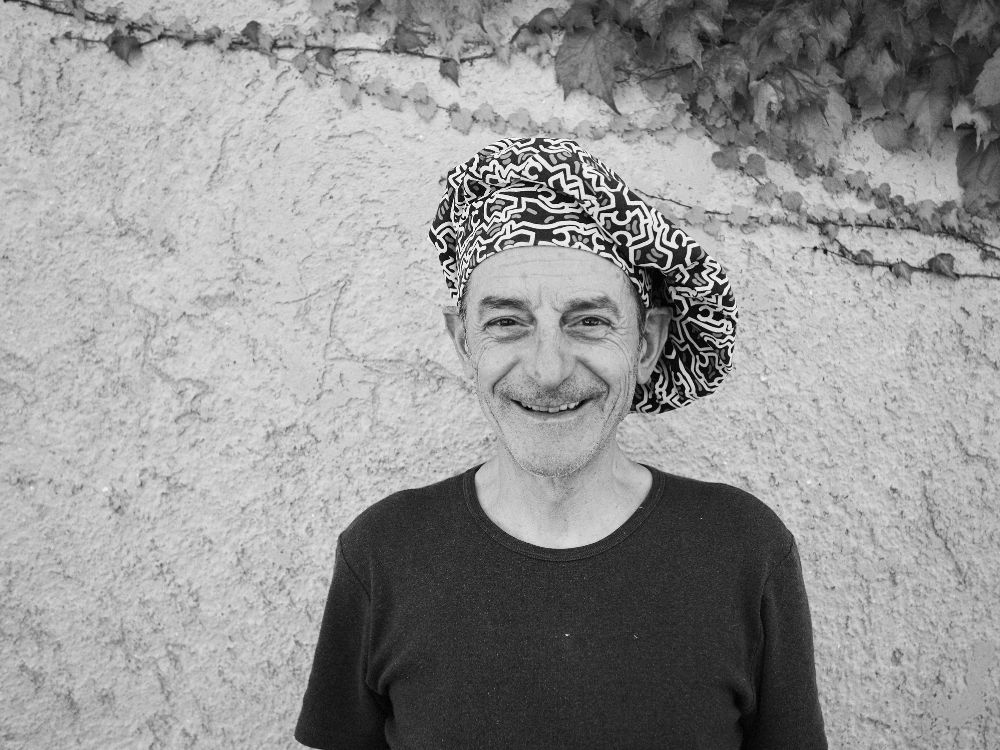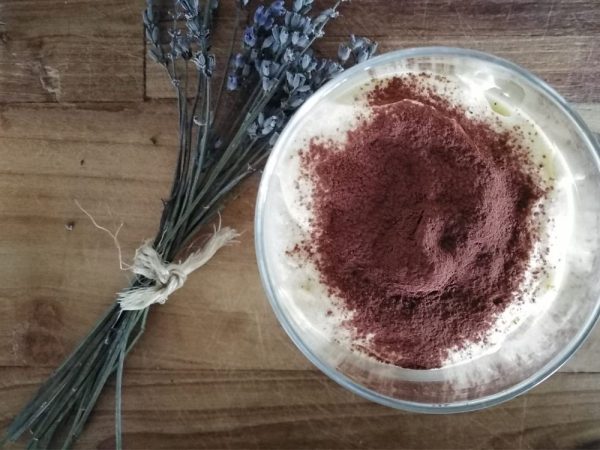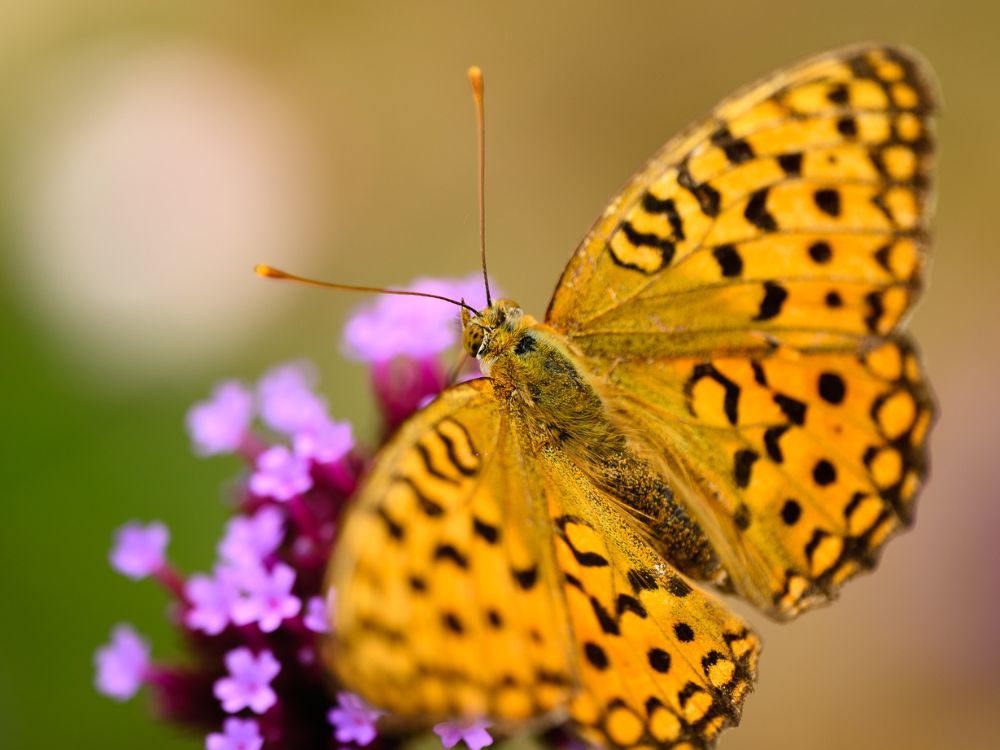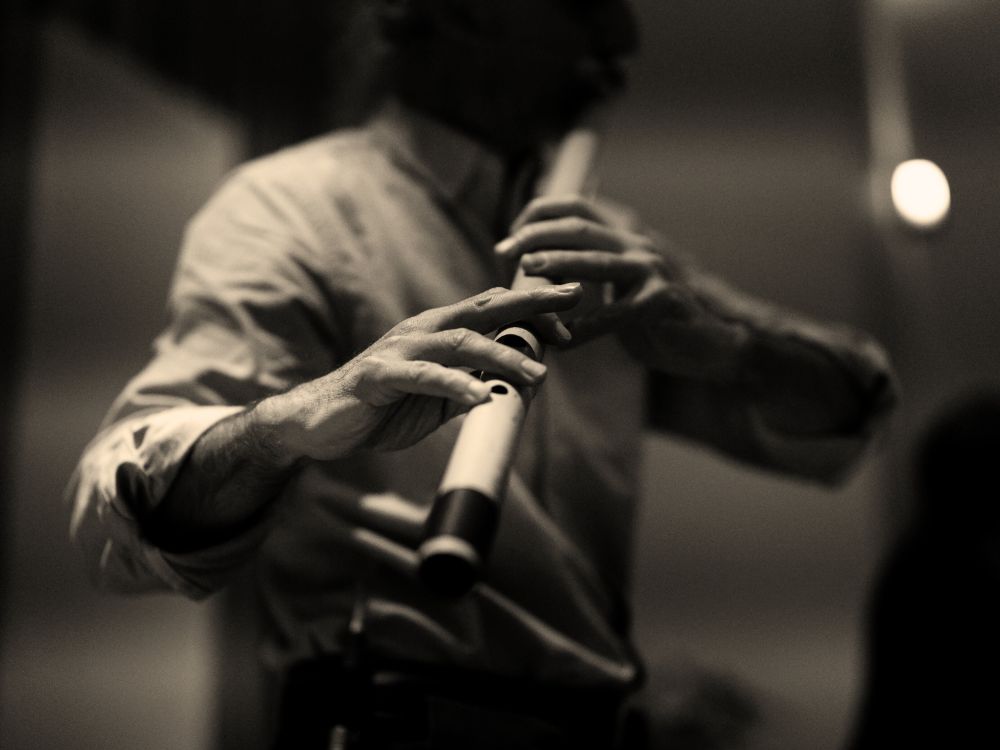First things first, why ‘Money-Desire-Power’? What inspired this provocative trio as a theme for your upcoming retreat?
It’s not a trio, it’s a trilogy or a tragedy because, if they are unconscious, they create pain and chaos. They can also be enjoyable and transformative tools depending on the view and approach.
Look, life is provoking us all day long. It is part of moving from a life lived from somatic-emotional reactivity to clear adult responses. We simply need to get better at navigating how trigger patterns around money, desire, and power reveal themselves in our being and how it affects our state of mind. At Four Ways to Freedom, we get behind the things that provoke us so we can liberate them.
There is so much there for us to work with and that inspires our teaching and how we best can convey it to students with a sense of lightness – with joy, humor, and support. It provokes a lot of creativity in us as teachers.
MDP are juicy topics! There is so much there for us to work with and that inspires our teaching and how we best can convey it to students with a sense of lightness – with joy, humor, and support. It provokes a lot of creativity in us as teachers. We study them, dance with them, process them, and offer universal teachings to expand upon them.
Many of the great masters in the last 100 years and certainly our personal teachers, emphasized that developmentally, we need to awaken to potent hidden messages underneath MDP. The work is to move as a whole from an egocentric perspective, to an ethnocentric, world-centric, and ultimately, a cosmo-centric existence. We need to know where we are on the map so that we can traverse along the path with confidence and know how to help others move along the path as well.
War, competing economies, domination over natural resources, politics, religion, sex trafficking, etc… Much of the horrors that occur in these arenas have MDP at their roots. The game is rigged and we no longer can delude ourselves – so we do the work of coming to terms with them in our personal lives first so a collective healing can be facilitated.
What makes them so taboo?
The intensity of the force and influence they have over our ability to reason what is useful and wholesome and what is useless and unwholesome. The dictionary defines the meaning of taboo as a social or religious custom prohibiting or forbidding discussion of a particular practice or forbidding association with a particular person, place, or thing.
There can be a lot of shame related to money, desire, and power. We feel ashamed if we have not become skilled money hunters in this money-obsessed world. Some are also obsessed with rejecting money. We feel shame when we cannot afford some of the necessities of life.
Regarding desire, we are afraid to admit our heart’s desire as we fear judgment from others or have some sort of spiritual guilt. There is rarely a moment when humans aren’t desiring something. It’s important to desire the things that actually create a positive outcome.
Power gives us a sense of control as well as strength and clarity. Knowing what we want and knowing what we don’t want and how to honour that.
Power can range from impotence to tyranny. Some are afraid of too much power and others are afraid of too little power. Power becomes confusing when our authority to lead outgrows beyond our ability to embody the responsibility of it.
What are some ways we can destigmatize these topics?
Simple, bring them out in the open through dialogue and then transmute the energy of them – redirect the energy that is making them so potent in the first place. First, we must peek at them, touch them, and understand them!
Coming together as a group body is the fast path of destigmatisation. We co-create a field together to blast the lid off of the mystery of MDP. We want to recognize MDP for what it is and be able to have healthy discussions around them as if we were talking about the weather.
How are each of these topics related? What is the intersection?
We can spend our entire life oscillating between contraction and expansion around our personal lovability in terms of money, desire and power.
As Dharma teachers, conscious movement facilitators and behavioral money coaches, we see that much of our survival responses are set in us by the time we reach grade school. Society goes on to overlay a message that our self-worth is linked to our net worth. We can spend our entire life oscillating between contraction and expansion around our personal lovability in terms of money, desire and power. They are intricately intertwined in terms of knowing when to lead and when to follow, how to give and receive as an act of sharing, and the success at which we can resource ourselves in a balanced way in both our inner worlds and the outward expression of that, while in the world.
How has your personal relationship with money evolved over the years, and what lessons have you learned about its impact on your well-being?
All the lessons have resulted in cultivating a conscious and healthy relationship with an energetic frequency that has its own language, direction and attitude. When we were younger, money was an elusive mystery but by making peace and forgiving our personal history, our relationship with it has become much more fluid. Biggest lesson: Don’t blame others for your lack of abundance and success. You and you alone can change the story by befriending the energy of money. Whether it is an ally or enemy depends on the user’s mindset.
What is the difference between healthy desire vs. unhealthy desire?
Healthy desire has a texture of certain qualities: There is balance in the nervous system, an ease with the way things are. You are not chasing to escape but to expand and feed a curiosity. Food is a desire we all share in common. Healthy desire is that I listen to when my body tells me to stop. Unhealthy desire, on the other hand, comes with an obsessive, keep going, attachment attitude which leads to resentment, confusion, and disappointment.
What is your definition of ‘power’ in the context that you teach it? Can you expand on this?
True power is resting in the ground of your being with calm, clarity, and compassion for yourself, others and the situation presenting itself to you. For this, we need training in mindfulness practices and an understanding of what meditation IS and what meditation IS NOT. You are a more powerful person when you are no longer subject to the fears that bind you.
True power is resting in the ground of your being with calm, clarity, and compassion for yourself, others and the situation presenting itself to you
Redirecting fear energy alleviates somatic-emotional distress. Claiming back our bodies wholeheartedly requires trust. We learn to trust as babies. We were utterly dependent on another, a guiding authority to meet our basic needs.
At times, the babies’ needs are not met. There are thousands of examples of disruptions in the process of pair bonding and learning when and under what circumstances one can trust. Each disruption creates a unique response in you. As one of my teachers used to say, we are all just walking wounded hearts.
When needs are not met, life is asking you to not only survive but learn to figure this shit out and thrive. We become more intelligent as our urge to thrive grows. We greatly evolve our resilience when we are babies.
It requires tremendous trust to take full responsibility over one’s own sovereign being and not outsource it to others – we are conditioned that our power depends on mommy and daddy. It means harnessing the power of one’s own body-mind. True power is attending to the needs of one’s own awakening heart. The greatest power is having every reason in the world to react with a harsh strong response and choosing not to. Saying ‘no’ to our own negative responses is powerful.
What do you hope retreat participants will take away with them after exploring these topics with you?
A sense of inner revolution. To become a rebel with a cause. To leave the fight behind. That is what revolution is about – replacing an existing way of being with a better way of being – one that is more illuminated. To embody imagination, archetypal energies and confidence to dream YOUR life and to recognize when you are living in someone else’s dream.
Success to us, is when you are able to go to bed at night with an ease of heart and capacity to restore. To collectively remember there is an unknowable mystery calling us to upgrade – to evolve. To include, to fold into the being all that has come before and make room for what is to come.
Ultimately, we hope participants transition out with a sense of peace and composed awareness when addressing the topics of Money, Desire and Power in their daily lives.
Do you have any advice for setting intentions to be more mindful in the new year around money/desire/power?
2024, here already?
“ There is no end. There is no beginning. There is only the passion of life. “
The great Italian movie director, Federico Fellini, said “ There is no end. There is no beginning. There is only the passion of life. “
If there is no beginning and no end to be found then what is there? Who is there? How do you settle into the ever-changing continuum awareness that you are?
If passion is the way then let’s agree to call it what it truly is — COM-PASSION (our actions aligned with our innate loving aliveness for the health of the whole)
This urge to live, love, and thrive is ours for the taking.
Let’s live the best version of ourselves for the uplifting of all beings!
Evangelos and Nishta are international Dharma, meditation, and movement teachers and the founders of Four Ways to Freedom. They will be facilitating the retreat Money, Desire & Power: The Alchemy of Transformation in Mandali on 23-29 March 2024.
